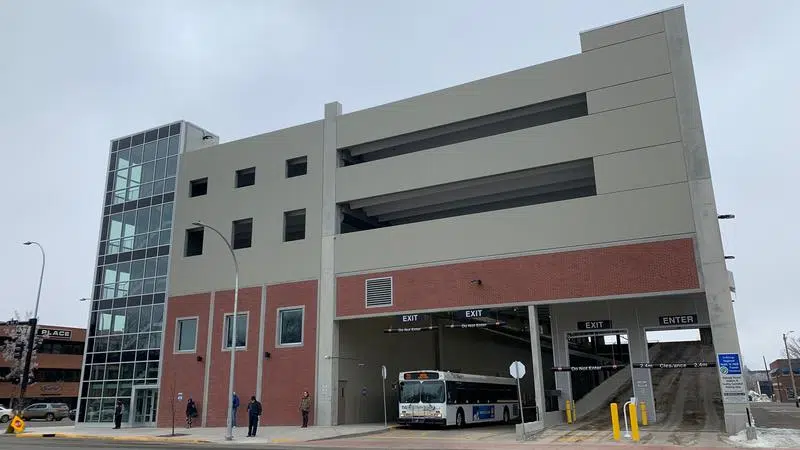
“On Demand” service proposed for Lethbridge Transit, goal suggested to save $2.6-million
LETHBRIDGE, AB – If Lethbridge City Council goes ahead with recommended changes to the public transit system, riders could see some real differences.
Members of Lethbridge Transit presented at Monday’s Community Issues Committee meeting, detailing the results of the KPMG Transit Operational Review. Their Powerpoint presentation can be accessed here.
Transit Operations Manager Scott Grieco says it was a great opportunity for them to review how the system currently runs and how it could be improved for both the sake of the municipality’s finances and for users.
“Transit customers want to get places quick and convenient and so, right now through the Transit Master Plan and various other documents, our transit system is primarily a coverage-based model, so we would have to look at those service standards and look to get people from A to B quicker.”


